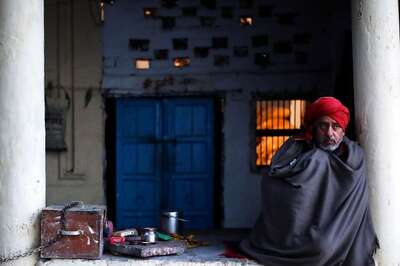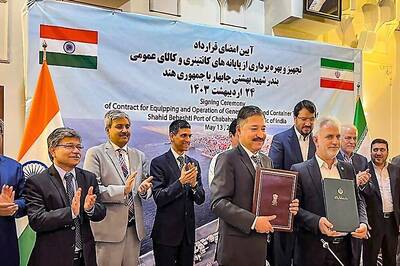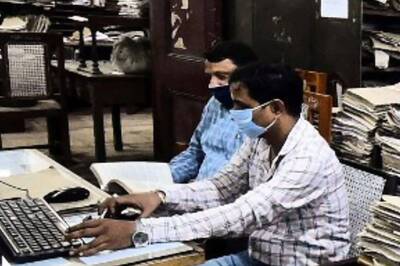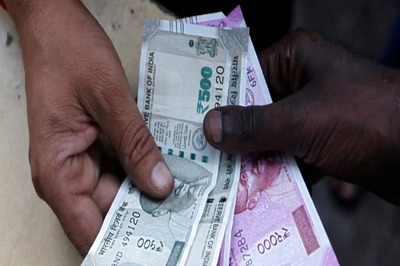
views
Much as a city would seem bright and beautiful during the day with perhaps the sun adding allure, dusk with its creeping shadows might change the entire scenario, injecting a sense of forbidding fear. Young Rakesh Rawat tries to capture this mood in his first feature, Midnight Delhi, part of the ongoing Film Bazaar at Panaji. Organised by the National Film Development Corporation of India, the Bazaar runs alongside the International Film Festival of India.
A four-day event held annually, the Bazaar serves as a platform for scripts to be mentored by men like the legendary movie critic Derek Malcolm (who was part of institutions like The Guardian, Evening Standard and the London Film Festival), Marco Mueller (who had earlier piloted the Venice Film Festival and now heads the Pingyo Crouching Tiger Hidden Dragon Film Festival in China) and for co-productions to be sought and clinched. A series on knowledge is also part of the Bazaar in addition to oven-fresh movies being screened with a view to finding a market for them.
Midnight Delhi is a part of this section, and the work zooms in on a night in India's capital city to present a picture of sheer horror, blood and gore. The film may be apt for the times we live in with Delhi gaining the notorious reputation of being hugely crime prone.
To a question why Rawat chose to depict brutality in a no-holds-kind of way, he tells me that cinema is after all a reflection of society, and this is what has been happening in Delhi and other places. Rawat may have a point, and he is probably keeping pace with how modern cinema presents events – which is most graphically. Whether it be sex or violence, writers and directors tend to present scenes with graphic imagery.
It is a pressing debate today – whether cinema must be more covert than overt. As an example, let us take a look at Alfred Hitchcock's 1934 Shadow of a Doubt in which he tells us the story of a criminal dubbed Merry Widow Murderer. There is not a single scene where we see the man murdering a woman, and was the movie any less powerful than a Quentin Tarantino work or did Hitchcock (often described as the master of the macabre) fail to convey the enormity of the crime? No, certainly not.
Maybe, it is an easier way of telling a story when you leave a little to the viewer's imagination.
Rawat's fiction feature begins on a foggy night with a burglar (played by Anshuman Jha, whose screen name is not revealed until halfway through the 115-minute movie), who uses a blade to slit the jugular vein of his victims, jumping into an autorickshaw (driven by Mukesh Bhatt, earlier seen in works such as Jab We Met and MS Dhoni). The burglar engages in light banter with the driver, gaining his confidence until he attempts to commit the crime.
Later, in a series of seemingly unrelated events involving a jilted woman and a husband who returns home to find his wife with her lover, Rawat weaves a narrative that is packed into three acts. The unfolding drama has interesting characters, each with his/her own tragic tale.
In a style reminiscent of Tarantino's pictures (whose canvas is invariably a bloody mess), Midnight Delhi throws together puzzling situations that do not though quite add up.
But Rawat tells me that despite my somewhat critical view of his work, he is happy that I have compared Midnight Delhi with the creations of men like Tarantino.
To Rawat, this may be very consoling, and why not, but I have never been a fan or supporter of violent imagery and have always believed that brutality which is suggestive is far more effective is conveying a message.
(Gautaman Bhaskaran is an author, commentator and movie critic)




















Comments
0 comment